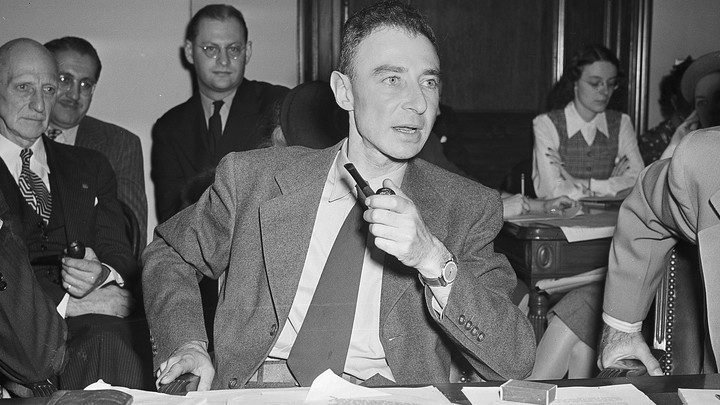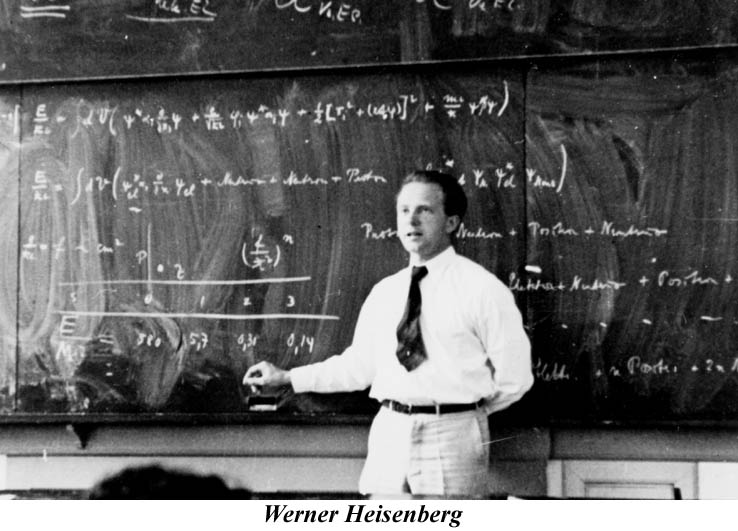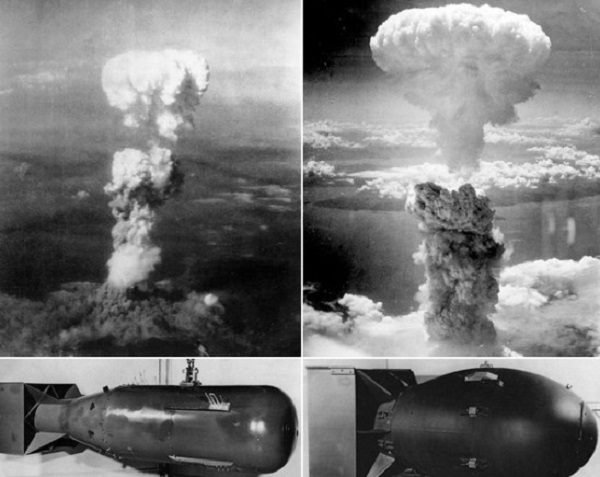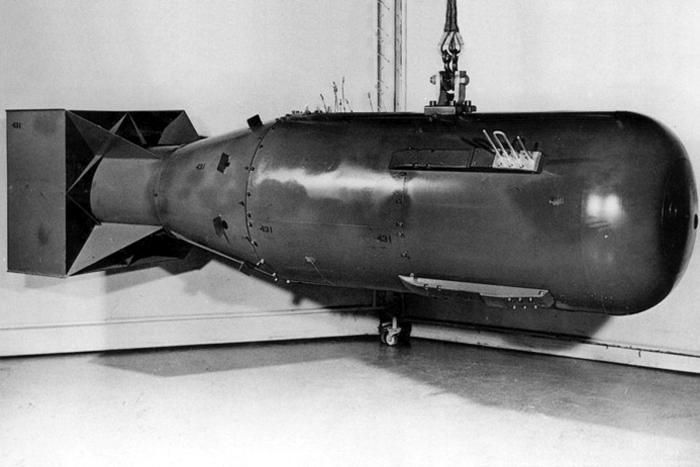Talking about the early development of the atomic bomb in the 1940’s, there are two names of great physicists who are worth mentioning:
- J. Robert Oppenheimer
- Werner Heisenberg
Oppenheimer became a central figure in the development of the atomic bomb in America, while Heisenberg in Germany — where the two countries were at odds with each other.
Interestingly, both Oppenheimer and Heinsenberg were theoretical physicists by nature and had never “worked on a real project”.
J. Robert Oppenheimer

Oppenheimer works in two important areas of modern physics at the same time:
- In quantum mechanics, he coined the Born-Oppenheimer Approximation for the wave function of particles
- While in general relativity, he pioneered the modern theory of neutron stars and black holes
Werner Heisenberg

Heinseberg is clearly no less great than Oppenheimer.
He won the Nobel Prize in physics for his contributions in establishing the foundation and foundation of quantum mechanics.
The Atomic Bomb Project
Both Oppenheimer and Heisenberg are both “forced” out of their comfort zone.
They broke out of the habit of scribbling paper and thinking theoretically about physics, becoming the leaders of the most ambitious project aimed at ending the Second World War.
Yes, even though they are opposite, their goals are the same. The difference is only whether America or Germany succeeded in making the atomic bomb and ending the war.
In my opinion, an important lesson from Oppenheimer and Heisenberg is that learning something theoretically does not mean limiting oneself to just a paper or paper scribbles.
Both Oppenheimer and Heisenberg shared distant visions. It’s not just looking at physics in the mortal world, but also about applying it to the real world.

End of the Atomic Bomb Race
In the end, Heisnberg did lose the race to develop the atomic bomb.
His laboratory exploded during a chain reaction experiment in breaking up uranium nuclei. But he still came back and continued that research.
Meanwhile, at the same time Oppenheimer was getting very fast progress both in getting a chain reaction, as well as the production of uranium and plutonium as the main “fuel” of the atomic bomb.
On July 16, 1945, the first attempt to detonate the atomic bomb of the Manhattan Project, led by Oppenheimer, was successful.
And following that success, after three weeks, the atomic bomb was ready to be brought by US troops to be detonated in Hiroshima and Nagasaki in Japan.

